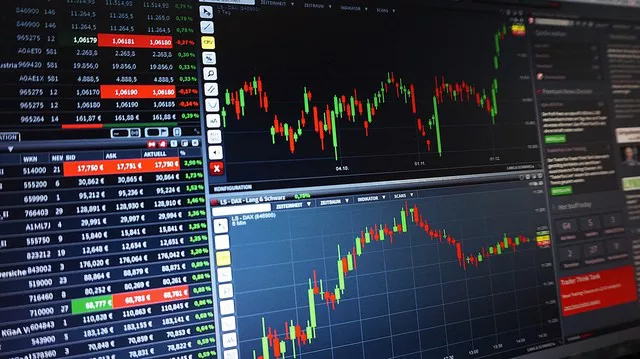Corn futures play a significant role in the agricultural commodities market, serving as essential risk management tools for farmers, traders, and end-users alike. These futures contracts allow participants to hedge against price fluctuations in the corn market, providing stability and predictability in a sector characterized by volatility. However, understanding the contract months for corn futures is crucial for effectively managing risk and optimizing trading strategies. In this article, we delve into the specifics of corn futures contract months, exploring their significance and implications for market participants.
Understanding Corn Futures
Corn futures contracts are standardized agreements to buy or sell a specified quantity of corn at a predetermined price on a future date. These contracts are traded on regulated exchanges, such as the Chicago Board of Trade (CBOT), and serve as a primary hedging instrument for participants in the corn market, including farmers, grain elevators, processors, exporters, and speculators.
Key Features of Corn Futures Contracts
Standardization: Corn futures contracts are standardized in terms of contract size, quality specifications, delivery location, and expiration dates. This standardization ensures uniformity and facilitates liquidity in the futures market, allowing participants to easily buy or sell contracts without the need for customized agreements.
Contract Size: The standard contract size for corn futures is 5,000 bushels, equivalent to approximately 127 metric tons. This standardized size allows for efficient trading and price discovery in the corn market, enabling participants to transact in multiples of the contract size based on their risk management and trading objectives.
Quality Specifications: Corn futures contracts specify the quality parameters for the deliverable grade of corn, including moisture content, protein content, foreign material, and other quality attributes. These specifications ensure that the corn delivered under the contract meets certain quality standards and is suitable for processing or consumption.
Delivery Location: Corn futures contracts designate specific delivery locations where the corn can be delivered upon expiration of the contract. The primary delivery location for corn futures traded on the CBOT is Chicago, Illinois. However, alternative delivery locations may be specified for certain contracts based on regional preferences and logistical considerations.
Corn Futures Contract Months
Corn futures contracts are traded for specific delivery months, which represent the months in which the contracts expire and corn can be delivered. The contract months for corn futures typically follow a standard cycle, with contracts listed for trading for several consecutive months into the future. The most actively traded contract months for corn futures are known as the “nearby” or “front-month” contracts, while contracts for later delivery months are referred to as “deferred” or “back-month” contracts.
The specific contract months for corn futures can vary depending on the exchange and the contract specifications. However, the most commonly traded contract months for corn futures on the CBOT typically include the following:
March: March is one of the key contract months for corn futures, representing the beginning of the planting season for corn in the United States. Traders and market participants closely monitor March futures contracts for insights into planting intentions, weather conditions, and early-season crop development.
May: May is another significant contract month for corn futures, coinciding with the peak of the planting season and the emergence of new crop supply expectations. May futures contracts reflect market sentiment regarding crop conditions, acreage estimates, and early-season yield potential.
July: July is considered a critical contract month for corn futures, as it represents the peak of the growing season and the period of maximum crop vulnerability to weather-related risks, such as drought, excessive rainfall, or extreme temperatures. July futures contracts are closely watched for indications of crop stress, yield prospects, and potential production
September: September is an important contract month for corn futures, as it marks the transition from the growing season to the harvest season in many corn-producing regions. September futures contracts reflect market expectations regarding crop maturity, harvest progress, and yield estimates as farmers prepare to bring in the new crop.
December: December is the primary contract month for corn futures used by end-users and commercial participants for hedging purposes. December futures contracts represent the delivery period for the majority of corn harvested in the United States, providing a mechanism for producers and grain elevators to hedge their price risk and manage inventory levels.
Conclusion
In conclusion, understanding the contract months for corn futures is essential for participants in the agricultural commodities market, as these contracts serve as vital risk management tools for hedging against price fluctuations and ensuring stability in the corn market. By familiarizing themselves with the specific contract months and their implications, market participants can develop informed trading strategies, manage risk effectively, and optimize their exposure to the corn market. Whether you’re a farmer looking to hedge against adverse price movements, a grain elevator seeking to manage inventory levels, or a trader speculating on market trends, a thorough understanding of corn futures contract months is key to success in the dynamic world of agricultural commodities trading.


